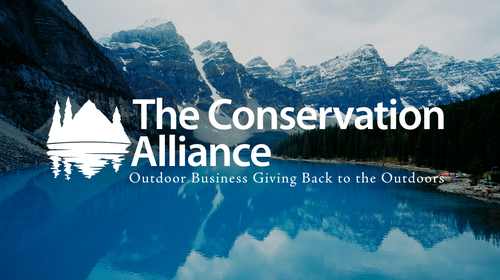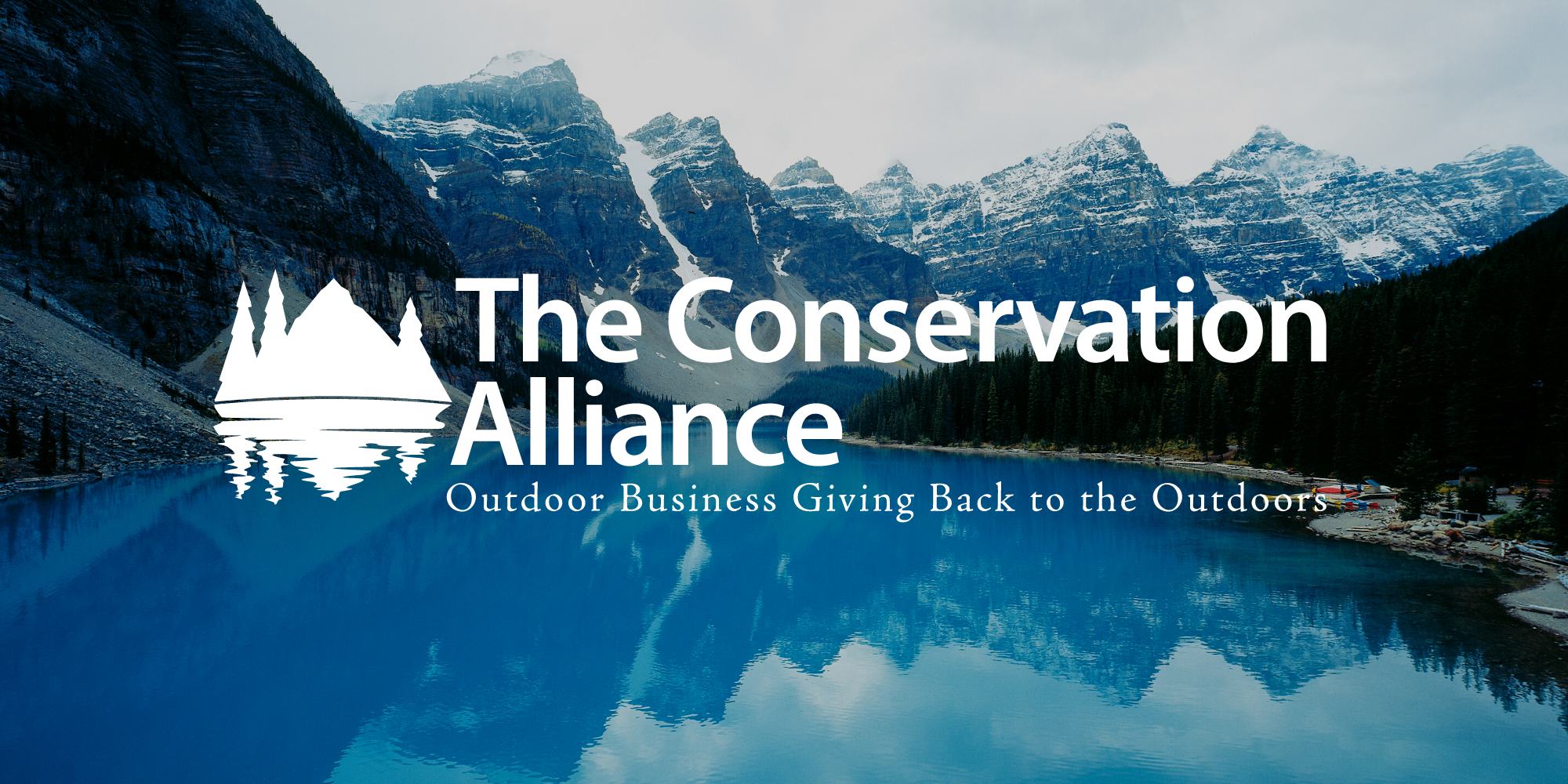Earlier this month, The Conservation Alliance announced that it would end its association with Bank of America over concerns about the institution’s commitment to environmental protection, abruptly severing a partnership that has lasted for years.
“Today, we are announcing our decision to divest all assets from our longtime bank and financial partner, Bank of America, in order to align our investments with our values,” the organization wrote in a public statement on October 10.
The Conservation Alliance announced that it would transfer its business to Bank of the West immediately.
“No bank is perfect, but we are impressed with [Bank of the West’s] move away from fossil fuels and support of groups like The Conservation Alliance, 1 percent for the Planet, and Protect Our Winters. We will regularly assess the financial institutions we work with to ensure our investments support our vision of a planet where wild places, wildlife, and people thrive together,” the organization wrote.
This week, OBJ spoke with The Conservation Alliance’s executive director, Brady Robinson, about the reasoning behind the decision.
Why has The Conservation Alliance decided to sever ties with Bank of America?
Our initial concerns had to do with protecting the Arctic National Wildlife Refuge. We’ve been funding the Alaskan Wilderness League on this work for nearly 20 years, and we’ve been with Bank of America for nearly as long. A number of other banks over the years have taken public stands not to fund oil and gas exploration in the Arctic National Wildlife Refuge, but there was one that didn’t, and it was the one we happened to bank with.
It just didn’t look or feel good. We respectfully but forcefully engaged with Bank of America, and they listened to us. I think the fact that we represent a coalition of over 200 businesses got their attention. We had discussions with them, and some of our member companies had discussions with them as well, but ultimately they elected not to change their public stance. That’s when┬áwe decided it was time for us to leave.
Can any company truly call itself sustainable without taking a close look at its banking?
Maybe not. It’s time we all examined the issue more closely. A lot of companies have been taking a hard look at their supply chains from a sustainability and┬áhuman rights┬áperspective, and I think financial institutions have, for the most part, been conveniently excluded from that scrutiny. We’re interested in drawing attention to the financial sector in this way. Who you bank with should be included in your supply chain analysis, because banking with a certain institution is a tacit┬áendorsement of their business activities and who they’re investing with.
It’s also a good way to call attention to issues you care about. For us specifically, the decision helped us draw attention to the Arctic National Wildlife Refuge, apply some pressure on Bank of America, educate our membership a little bit, and generally elevate the issue.
How hard is it to change banks?
We’re relatively small, so for us it’s easier than for larger groups. But to be clear, even for us it was still a pain in the ass. Banks are sticky. You get used to your checking account and you have all your automatic withdrawals set up. You have all your credit cards tied to various expenses. Banks use that to their advantage.
Obviously, it’s a lot harder for bigger companies. If you’re a big international corporation, the number of banks that can meet your business needs is probably small. We literally could have gone to a credit union in Bend, Oregon, after leaving Bank of America. The big players in the outdoor industry can’t do that. I think it’s important to note that we’re not trying to pass judgment on our bigger member companies. We’re just encouraging them to ask themselves this question. We are not telling them what the answer is because they have to balance their business needs with their sustainability goals. We’re just calling attention to the issue. And we’re hopeful that our member companies and the industry at large will give this consideration.
Why did you choose Bank of the West as your new financial partner?
We shopped around a little, but ultimately we decided on Bank of the West because we already had a relationship with themÔÇöthey’re a Pinnacle Member of The Conservation Alliance.┬áThey’re really sincere in their support of us and groups like 1 percent for the Planet and Protect Our Winters.
A group like Bank of the West proves that good conservation practices can also be good business practices. They’re making a big stand in this area. They’ve walked away from some lucrative business as a function of their principles. If we can support that by moving our business to them,┬áthat’s great for us.
To be clear, we’re not saying everybody should use Bank of the West. But for us, because we already had a relationship and their commitments align with ours, it was a pretty easy choice.


